Unassuming creatures
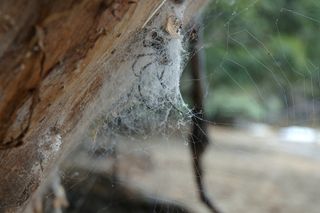
Though spider silk may seem unremarkable, it is one of the toughest materials in the world. Recent research has shown how to mass produce this remarkable fiber in the lab.
Incredibly tough
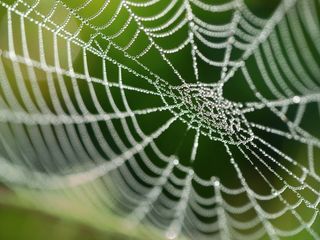
Spider silk can withstand high tension and yet maintain its elasticity. But because spiders are hostile and territorial, harvesting spider silk from animals is unrealistic.
Past work
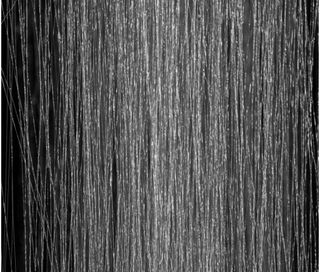
Past attempts to make spider silk in the lab have led to underwhelming results, such as clumps of unusable spider silk proteins or very low yields. However, the new researchers were able to make large quantities of strong, flexible spider silk by mimicking the conditions inside the spider.
Shear strength
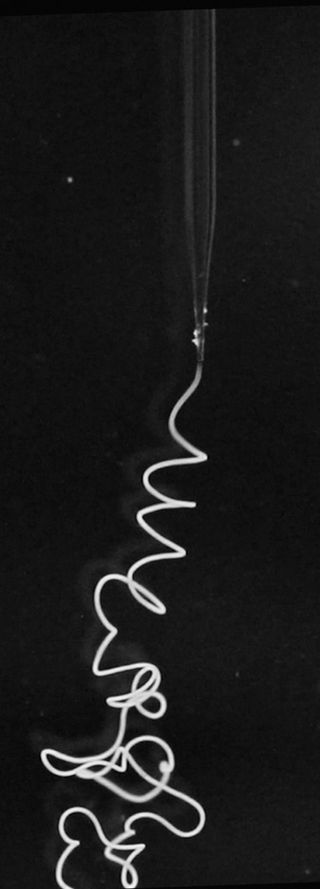
For instance, a thin glass capillary tube produces shear force that causes individual silk proteins to align and link up. In the spider, a similar narrow tube is used to produce long strands of silk from thick viscous liquid filled with spider silk proteins.
Nest of spider silk

The synthetic fiber is similar to real spider silk. What's more, the new technique produced large quantities of the fiber. Here, a nest of synthetic spider silk.
Not quite there
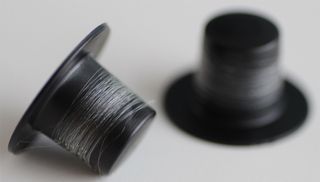
Though the artificial spider silk is strong and flexible, it's not quite as tough as the real thing, meaning it still breaks more easily. Here, the artificial silk wound on a spool.
Sign up for the Live Science daily newsletter now
Get the world’s most fascinating discoveries delivered straight to your inbox.

Tia is the managing editor and was previously a senior writer for Live Science. Her work has appeared in Scientific American, Wired.com and other outlets. She holds a master's degree in bioengineering from the University of Washington, a graduate certificate in science writing from UC Santa Cruz and a bachelor's degree in mechanical engineering from the University of Texas at Austin. Tia was part of a team at the Milwaukee Journal Sentinel that published the Empty Cradles series on preterm births, which won multiple awards, including the 2012 Casey Medal for Meritorious Journalism.
Most Popular

